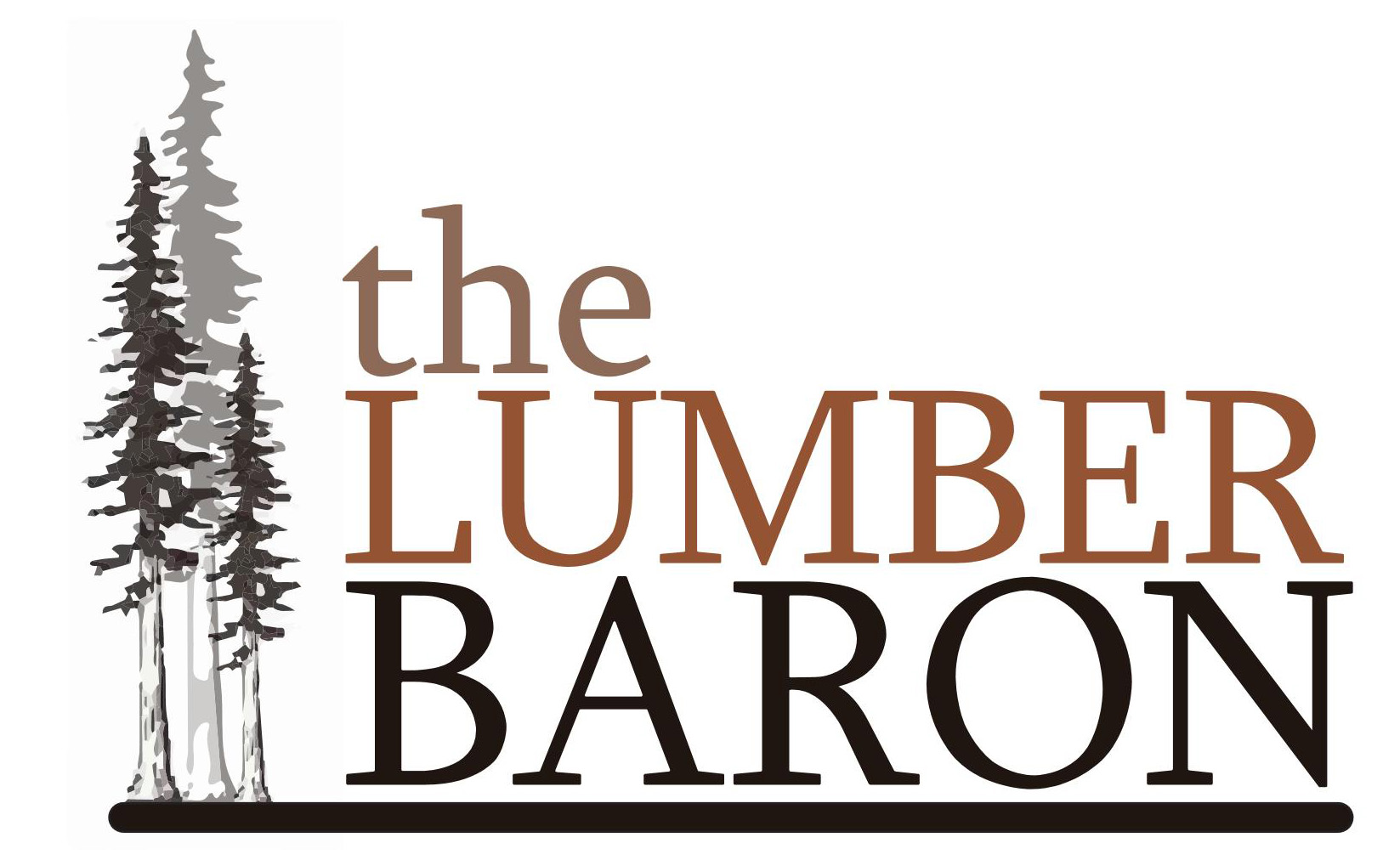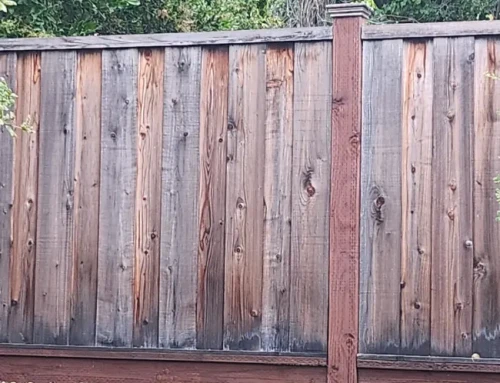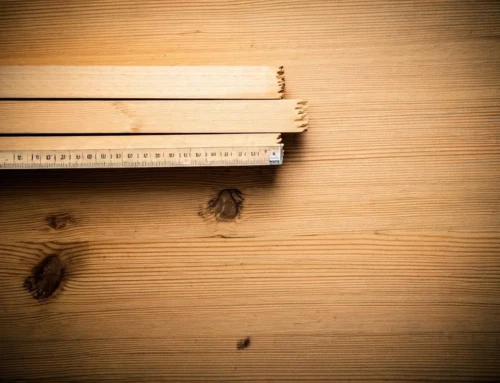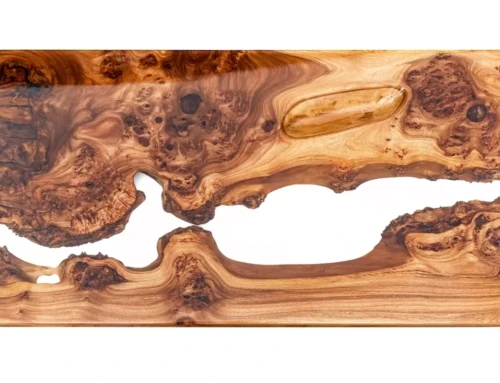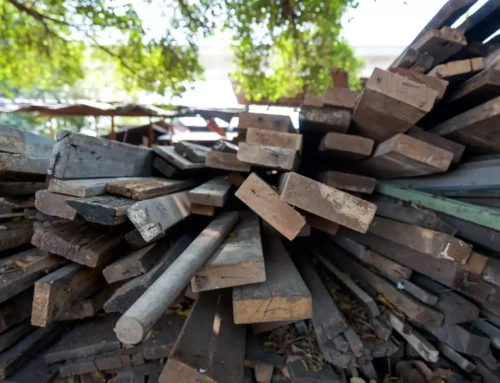Why Protecting Your Home’s Original Integrity is Important
Protecting your home’s original integrity is all about keeping its initial design, structure, and characteristics in place. It’s not just about nostalgia or resisting change; it has practical reasons behind it. When a home is built correctly, every part of it should work together, from the way the roof slopes to handle rain, to how the windows are placed for the best light. Changing one part without considering how it fits with the rest can lead to problems. Maintaining the original integrity can actually increase your home’s value. People love homes with character and history, and preserving that can make your house more attractive to future buyers. So, when thinking about making changes to your place, remember the value of what’s already there.
Historical Value of Preserving Original Features
Homes with original features have a story to tell. These features, like hardwood floors, original windows, or even unique doorknobs, link the house to its past. They showcase craftsmanship from a time when detail and quality were paramount. When you preserve these elements, you’re not just maintaining a building; you’re keeping history alive. Protecting a home’s original integrity adds to its historical value, making it not just a place to live but a piece of time itself. People often pay more for homes that have kept their authentic charm, as these features are irreplaceable and almost impossible to replicate. Moreover, saving and restoring original features can be more sustainable than buying new, adding an eco-friendly benefit to the historical value. Remember, once these original features are gone, they’re lost forever. So, preserving them isn’t just about holding onto the past; it’s about respecting it.
How Original Integrity Enhances Property Value
Keeping your home’s original integrity isn’t just about holding onto the past; it directly impacts your property’s value. Homes that maintain their original character often appeal more to buyers, standing out as gems in a sea of modernized properties. This uniqueness can translate into higher asking prices when you’re ready to sell. Here’s the deal: elements like original hardwood floors, heritage architectural details, or even original redwood paneling or siding can signal quality and charm that are hard to replicate in newer renovations. Moreover, maintaining these features can be seen as a testament to a property’s durability and quality construction over time, making your home more attractive to those who value both aesthetics and history. In a nutshell, preserving your home’s originality isn’t just about nostalgia; it’s a smart move financially.
The Environmental Benefits of Keeping Original Structures
Keeping the original structures of your home isn’t just good for maintaining its unique charm; it’s also a big win for the environment. When you preserve existing structures, you minimize the demand for new construction materials. This leads to fewer trees being cut down and less mining for minerals – both actions that significantly benefit our planet. Moreover, the energy that would have been used in creating and transporting new materials is saved. In essence, by holding onto the original parts of your home, you’re reducing waste and conserving energy. This move not only maintains the character and soul of your dwelling but also supports a healthier planet. Remember, every little effort in conservation contributes to a larger impact on our environment.
Tips for Maintaining Your Home’s Authenticity
Keeping your home authentic isn’t just about keeping things old; it’s about preserving its story and value. Here’s how you can do it without losing your mind. First, know what you’ve got. Research your home’s history and architectural style. Understanding its roots helps you make informed decisions moving forward. Focus on materials that match the era your home was built in. If your house is from the 1920s, hunt down those period-appropriate fixtures. It’s all about the details; they matter more than you think. Repairs should be invisible – aim to mend rather than replace. If you must replace, go for custom over cookie-cutter. Yes, it might cost a bit more, but matching the original craftsmanship keeps your home’s soul intact. Lastly, think long-term. Rushed decisions tend to favor the modern and convenient, which can clash with your home’s inherent character. Take your time. Your home’s authenticity is a testament to its history. Honor that. Here at The Lumber Baron we can be a great resource when trying to find replacement material or matching lumber to be used for an addition. We stock the same 1×4 vertical grain Doug Fir flooring commonly used throughout Bay Area homes. We also have a massive selection of reclaimed redwood and reclaimed Douglas Fir, both commonly used in construction here in the Bay Area. Our large timbers can be sliced and diced in any number of ways helping to replicate anything from 1×6 siding to 1×18 paneling to 12×12 and 6×18 exposed beams!
Navigating Modern Upgrades Without Compromising Character
When it comes to enhancing your home, it’s tempting to jump on the latest trends. Yet, it’s crucial to think about how these modern upgrades can fit with the old charm that gives your house its character. For instance, installing smart home technology can offer convenience and energy efficiency, but you’ll want to ensure it doesn’t overshadow the classic elements that make your house unique. Choose upgrades that complement rather than clash. This means picking colors, materials, and designs that echo your home’s existing style. Take smart thermostats as an example. Many come in sleek, discreet designs that won’t disrupt the aesthetic of a room. The key is balance. Mix modern functionality with your home’s historic vibes. This way, you live in a space that’s both timelessly beautiful and up to date.
Challenges in Preserving Original Integrity and Solutions
Preserving your home’s original integrity comes with its share of challenges. First off, finding the right materials that match the original ones can be tough. Over time, certain materials become rare or are no longer produced, making it a real headache to match new with old. Reach out to The Lumber Baron for hard to find redwood or Douglas Fir items. Places like Urban Ore can be great resources for old door and windows. Then, there’s the expertise. Not every contractor knows how to work with old-school methods or has the patience for it. Plus, preserving a home often costs more than you’d expect. Those unique, hard-to-find materials? They don’t come cheap. And skilled labor that knows how to handle them? Even pricier.
But don’t throw in the towel just yet; there are solutions. Start by researching your home’s history. Knowing exactly what materials were used and how can help you make informed decisions. Look for specialists. Yes, they might cost more, but their know-how can save you money down the line by doing it right the first time. Lastly, plan and budget for the long haul. Preserving the integrity of your home is an investment, not just an expense. It increases your home’s value, both financially and sentimentally. Take the time to do it right.
Resources and Expert Advice for Home Preservation
To keep your home’s original character intact, lean on the knowledge of experts and the wealth of resources available. There’s a big chance local historical societies have a thing or two to share about the architectural style or the right materials to use for repairs. Architects and contractors with a track record in restoring old homes can give advice that’s gold. Websites and books about home preservation have insights on everything from fixing a crack in the wall to picking the right paint. Remember, blending new upgrades with the old charm is an art. Listening to those who’ve been there and done that can save you time, money, and a load of regret.
Conclusion: The Importance of Protecting Your Home’s Legacy
Preserving the original integrity of your home is not just about maintaining a structure; it’s about honoring its history and ensuring its legacy continues for years to come. Whether it’s the character-filled wood floors, the unique crown molding, or the layout that tells a story of a different era, these elements add value not just monetarily but in uniqueness and charm. Protecting your home’s legacy means respecting the craftsmanship and design of the past, while cautiously incorporating modern conveniences and improvements. In a world that constantly pushes for the new, there’s a profound respect in safeguarding the stories and the distinctiveness that your home holds. This approach doesn’t only preserve a piece of history but also enriches our connection to our homes and, by extension, our communities.
